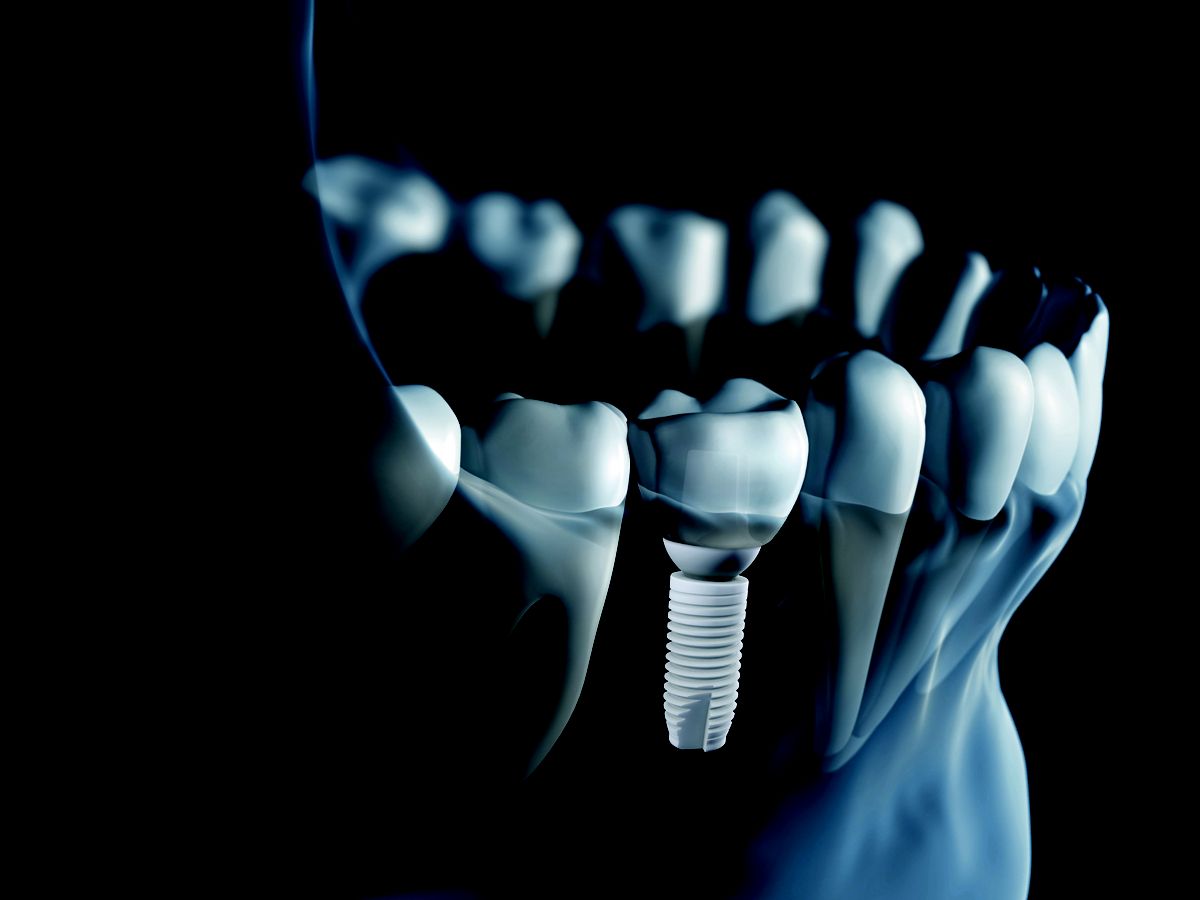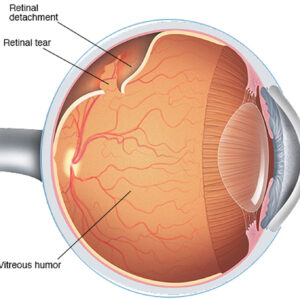Description
Familiarity with Treatment
Zygomatic implants are a type of dental implant used to replace missing teeth in the upper jaw. They are longer than traditional dental implants and are anchored in the zygomatic bone, which is located in the cheekbone area. Zygomatic implants are typically used when there is insufficient bone in the upper jaw to support traditional implants.
Procedure
The procedure for zygomatic implants typically involves the following steps:
- Evaluation and Planning: A comprehensive evaluation is conducted to assess the patient’s oral health, bone density, and suitability for the procedure. This may include imaging studies and a thorough examination of the oral and jaw structures.
- Implant Placement: Zygomatic implants are placed in the zygomatic bone, which is accessed through the gum tissue. The implants are longer than traditional implants and provide stability by anchoring in the zygomatic bone.
- Prosthesis Attachment: Once the implants have integrated with the bone, a dental prosthesis, such as a bridge or denture, is attached to the implants, providing a functional and natural-looking replacement for missing teeth.
Who is it Suitable For?
Zygomatic implants are suitable for individuals who have severe bone loss in the upper jaw and are not suitable candidates for traditional dental implants. They are particularly beneficial for individuals who have experienced significant bone resorption in the posterior maxilla.
Who is it Not Suitable For?
Zygomatic implants may not be suitable for individuals with certain medical conditions or insufficient bone density in the zygomatic bone. A comprehensive evaluation by a dental professional is necessary to determine suitability for the procedure.
Advantages
- Avoids Bone Grafting: Zygomatic implants eliminate the need for bone grafting procedures, which can be time-consuming and require additional surgeries.
- Immediate Function: In many cases, zygomatic implants can support a temporary prosthesis immediately after placement, allowing for improved aesthetics and functionality during the healing process.
- Stability and Support: Zygomatic implants provide stability and support for the dental prosthesis, allowing individuals to chew and speak with confidence.
Complications
- Sinusitis: Sinusitis is a common complication associated with zygomatic implants. Proper pre-surgical diagnostics and evaluation of the sinus, as well as using the extra-sinus surgical approach, can help reduce or eliminate this complication.
- Other Complications: Other complications reported with zygomatic implants include infraorbital nerve paresthesia, orosinusal fistula, and perforation of the orbit. However, these complications are relatively rare.
Preoperative Care
Preoperative care for zygomatic implants involves a comprehensive evaluation by a dental professional to assess the patient’s oral health, bone density, and suitability for the procedure. This may include imaging studies and a thorough examination of the oral and jaw structures.
Postoperative Care
Following the placement of zygomatic implants, individuals should adhere to postoperative instructions provided by their dental professional. This may include guidelines for oral hygiene, dietary restrictions, and follow-up appointments to monitor the healing process and ensure the success of the implants.
Zygomatic implants offer a solution for individuals with severe bone loss in the upper jaw who are not suitable candidates for traditional dental implants.





Reviews
There are no reviews yet.